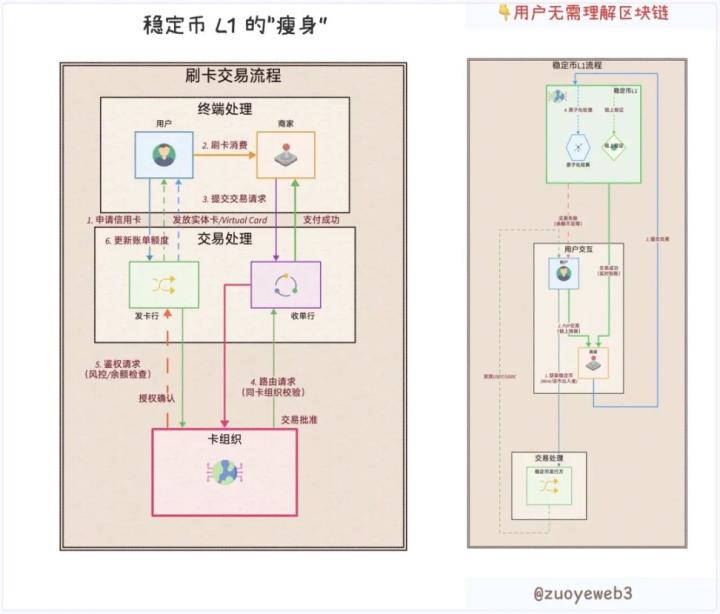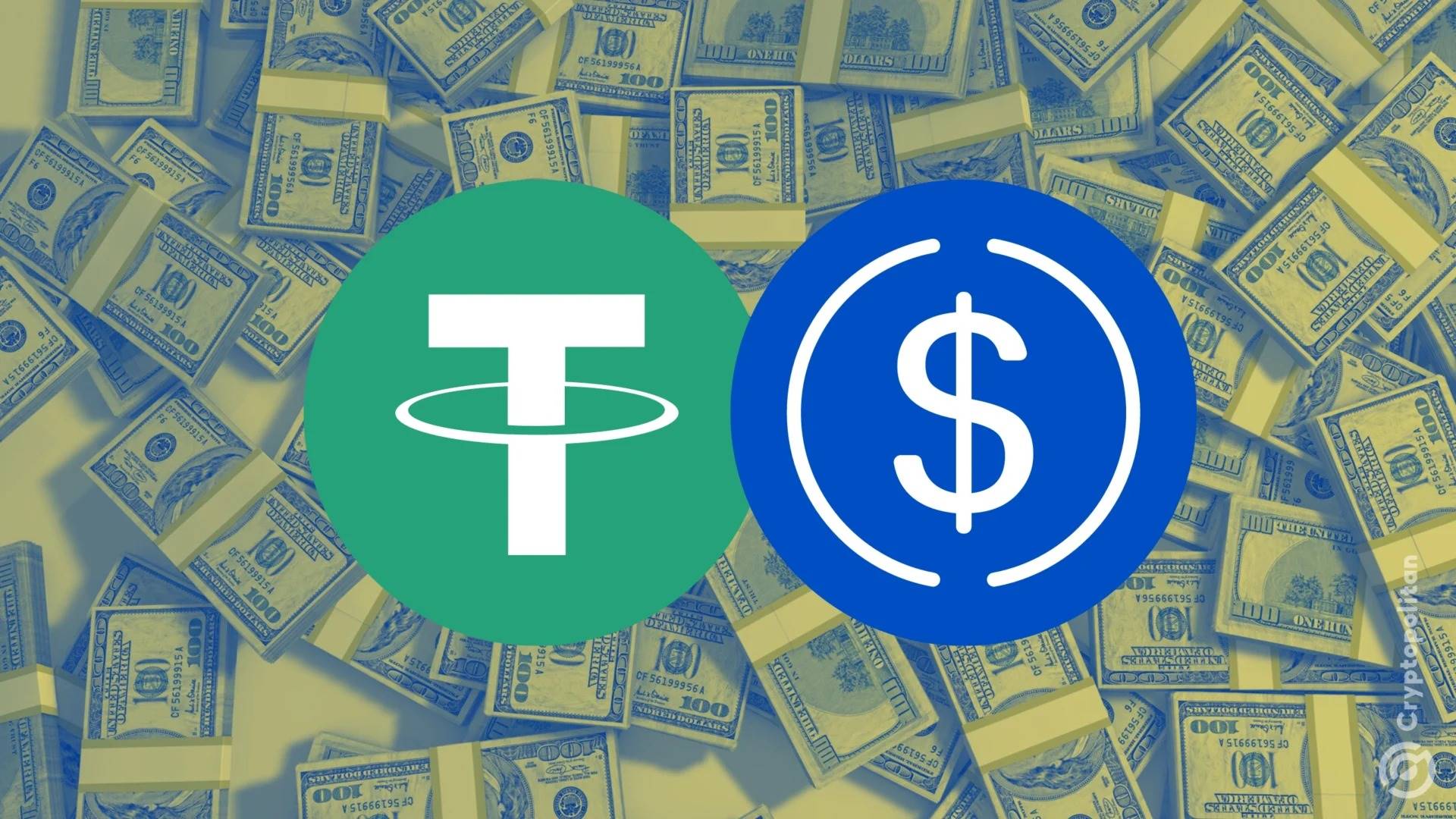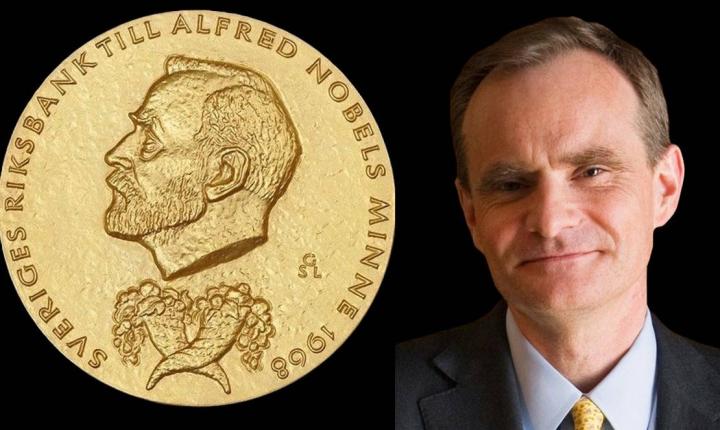Author: Jsquare Research Team
Stablecoins are transforming from crypto speculative tools into an entirely new category of digital financial infrastructure. As of August 2025, the total market capitalization of stablecoins has exceeded $271.4 billion, but more important than scale are its composition, yield mechanisms, and diversified application scenarios.
We believe the market is undergoing a decisive transformation: from purely liquidity-focused US dollar tokens to composable, yield-bearing settlement assets that directly connect with real-world cash flows and enterprise systems. This article will delve into the evolution of stablecoin types and regulatory dynamics across different global regions.
Stablecoin Market Size
Stablecoins have broken through the limitations of the crypto sandbox. Supply growth is primarily driven by emerging institutional tokens like USDT, USDC, and PayPal USD (PYUSD). Today, stablecoin on-chain annual settlement volume has exceeded the combined total of Visa and Mastercard—reaching $27.6 trillion in 2024 alone. Initially a convenient token anchored to the US dollar, it has now evolved into a mature, yield-bearing full-chain cash layer. Regulators, payment networks, and financial directors are gradually treating stablecoins with the same standards as bank money. Circle's successful IPO in June 2025, raising $624 million with a valuation of $6.9 billion, highlights market confidence in regulated stablecoin issuers.
As of August 2025, the total stablecoin supply in circulation is $269.5 billion. USDT dominates with $154.4 billion (57.3%), followed by USDC with $65.8 billion (24.4%). Other significant stablecoins include USDe ($10.5 billion), Dai ($4.1 billion), and USDS ($4.8 billion), while emerging or small stablecoins like FDUSD, PYUSD, and USDX each have less than 1% market share. This concentration reflects the dominance of traditional issuers and indicates the pressure on emerging stablecoins to differentiate through compliance and financial infrastructure integration.
[The translation continues in the same manner for the rest of the text, maintaining the specific translations for technical terms as instructed.]- Licensing and Regulatory Requirements: Only licensed electronic money institutions or credit institutions can issue fiat-anchored stablecoins (EMTs); the European Banking Authority (EBA) is responsible for regulating "significant" stablecoins; Euro/USD stablecoin issuers must hold an electronic money license or banking qualification
- Full Reserve Requirements: Reserves must be 1:1 anchored to circulation; over 60% of reserves must be deposited in EU banks (for major stablecoins); only low-risk assets are allowed (government bonds/bank deposits)
- Usage Limits: When non-Euro stablecoins exceed 1 million transactions or 200 million euros per day, issuers will be forced to stop expanding usage scale
- Algorithmic Stablecoin Ban: Complete prohibition of algorithmic stablecoins without substantial reserves; only redeemable prudently supported tokens are recognized
As of July 2025, the European Banking Authority has received license applications from over 50 stablecoin issuers, including mainstream institutions like Circle (USDC issuer) adjusting their business to comply with MiCA standards.
UK Regulatory Framework —— The UK views stablecoins as regulated payment instruments, with core regulations including:
- Reserve Requirements: Only fully collateralized fiat stablecoins are allowed; reserve assets must be high-liquidity assets like bank deposits/short-term government bonds
- Earnings Prohibition: Prohibited from paying interest to holders; reserve asset earnings belong to the issuer (used for operational costs)
- Licensing System: Issuers must obtain FCA authorization (new electronic money/payment institution license); must meet financial institution-level prudential standards: capital adequacy requirements; liquidity management mechanisms; T+1 rigid redemption commitment
- Innovation-Oriented: Encourage banks and licensed institutions to issue payment-type stablecoins; focus on developing cross-border remittance/micro-payment application scenarios
Singapore (MAS Regulatory Framework) —— The Monetary Authority of Singapore (MAS) introduces a tiered regulatory approach:
- Flexible Licensing System: Stablecoin issuers with volume below 5 million Singapore dollars can choose to operate with an ordinary Digital Payment Token License; those exceeding this threshold must apply for a Major Payment Institution License and comply with specific stablecoin rules
- High-Quality Assets 1:1 Anchoring: Reserve assets limited to cash, cash equivalents, or AAA-rated short-term sovereign bonds; accepting government bonds maturing within 3 months of the anchored currency's issuing country
- Redemption Guarantee Mechanism: Users enjoy 1:1 rigid redemption rights (completed within 5 working days); unreasonable redemption fees are prohibited
The stablecoin issuance service license added in March 2025 allows enterprises to focus on stablecoin business, exempting digital payment token compliance burdens. MAS explicitly required in Q2 2025 that stablecoin issuers must be banks or non-bank financial institutions registered in Singapore.
Hong Kong (Proposed Regulatory System) —— Hong Kong's Stablecoin Ordinance will take effect on August 1, 2025, with core content including:
- Full Reserve Requirements: Reserve asset market value must ≥ circulating stablecoin face value; limited to HKD cash, bank deposits, and HK/US government bills/bonds
- HKMA Mandatory Licensing: All stablecoins issued/promoted in Hong Kong (including foreign currency-anchored) require licensing; Ant Group has announced plans to apply for a license
- Financial Institution-Level Standards: Reserve assets must be independently custodied by licensed custodian institutions; regularly submit operational audit reports; establish strict AML/CFT risk control systems
Standard Chartered Bank, Animoca Brands, and Hong Kong Telecommunications (HKT) have established a joint venture, planning to issue a Hong Kong dollar stablecoin for cross-border payments. The ordinance aims to connect with digital RMB pilots and strengthen Hong Kong's international financial center status.
UAE Regulatory Framework —— The Central Bank of the UAE (CBUAE) established a stablecoin regulatory system through the Payment Token Services Regulation effective June 2025, categorizing stablecoins as "payment tokens". Represented by the Dirham-anchored compliant stablecoin AE Coin, the framework emphasizes reserve protection and transparency. Core clauses:
- Local Stablecoin Issuance: Only licensed institutions registered in the UAE can issue Dirham-anchored stablecoins; must maintain full reserves and undergo periodic audits
- Foreign Stablecoin Restrictions: Only allowed in virtual asset transactions; prohibited in local payments to maintain Dirham sovereignty
- Anti-Money Laundering Compliance: Issuers and custodian institutions must implement strict KYC; establish transaction monitoring systems meeting AML/CFT requirements
- Digital Dirham (CBDC) Plan: Central bank digital currency may reshape payment ecosystem; state-led digital payment system prioritized
The framework enhances confidence in local stablecoins like AE Coin through strict reserve requirements, but restrictions on foreign stablecoins may suppress overall crypto market development.
Japan Stablecoin Policy —— Japan's 2025 Payment Services Act (PSA) amendment establishes a globally leading stablecoin regulatory system, officially recognizing stablecoins as payment instruments from May 2025. Innovative points:
- Flexible Reserve Requirements: Trust-type stablecoin reserve asset ratio relaxed to 50%; allows holding low-risk assets like short-term Japanese and US government bonds
- New Intermediary License: Establishing "Electronic Payment Tool/Crypto Asset Service Intermediary" category; exempting asset custody intermediaries from capital requirements
- Bankruptcy Protection Mechanism: Learning from the 2022 FTX Japan incident; requiring exchanges to keep assets within Japan
- Transparency Enhancement: Mandatory Financial Services Agency registration for issuers; on-chain transaction data must meet AML/CFT review
The policy is expected to promote trust-type stablecoin proliferation, with the new intermediary model potentially reducing transaction costs, and domestic asset retention significantly improving user fund safety.
South Korea Stablecoin Policy
In 2025, South Korea is actively advancing stablecoin policy, focusing on legalizing won-anchored stablecoins and incorporating them into the regulatory framework to enhance economic autonomy and compete in the global digital financial market. Under President Lee Jae-myung's leadership, the ruling Democratic Party is promoting the Digital Assets Basic Law and related bills to establish a legal framework for private enterprise stablecoin issuance, aiming to reduce dependence on USD stablecoins like USDT and USDC. Core policy points:
- Won Stablecoin Legalization: Legislatively lifting the ban on won stablecoins; allowing private enterprises to issue under strict supervision; targeting domestic digital transaction promotion and capital outflow reduction
- Capital Requirements: Issuers must maintain 500-1000 million won (approximately $360-720k) minimum capital; preventing financially insufficient operators from disrupting the market
- Reserve and Transparency: 100% reserve requirement (1:1 anchoring); regularly publish reserve audit reports; aligning with US GENIUS bill and EU MiCA standards
- Regulatory System: Dual regulation by Financial Services Commission (FSC) and Bank of Korea (BOK); strengthening foreign exchange risk management coordination mechanism
- Digital Asset Ecosystem Support: Accompanying legislation including Security Token Offering (STO) and crypto ETF clauses; targeting positioning Korea as an Asian digital financial center
The policy is expected to complete legislation by the end of 2025, potentially making South Korea the first Asian country to establish a comprehensive stablecoin regulatory system.
GENIUS Bill —— US Stablecoin Standard
The GENIUS bill is particularly significant due to its potential to become a global regulatory standard. Key impacts:
- Institutional Credibility
- Granted stablecoin settlement asset status through Federal Reserve (Fed) regulation
- Giving it a credit rating similar to bank deposits or Treasury bills (T-bills)
- Promoting enterprise financial scenario applications:
- Treasury fund management
- Real-time FX conversion
- ERP system integrated payments
- Distinguishing regulated tokens (such as PayPal USD, Circle USDC)
- Potentially forcing offshore/algorithmic stablecoins (such as USDT, crvUSD) to exit US exchanges
- Unclear whether issuers are allowed to distribute T-bill yield to holders
- This will be a key factor affecting institutional adoption
Stablecoins: Digital Eurodollars
Stablecoins are quietly recreating the transformation of Eurodollars in the 1970s - they are becoming an offshore, interest-bearing, dollar-denominated settlement system beyond the control of sovereign monetary authorities. However, unlike Eurodollars, stablecoins have programmability, composability, and global interoperability.
The combination of this technological innovation with clear regulation makes stablecoins a "light sovereign", dollar-like programmable cash infrastructure. Under appropriate regulatory design, stablecoins could become the most scalable form of financial globalization since SWIFT.
Evolution of Application Scenarios
Stablecoins were initially optimized for crypto-native functions: market-neutral trading, collateral pledging, and cross-exchange arbitrage. This phase is about to end. The new era will focus on real-world applications:
- Emerging market savings and payments: In high-inflation economies, US dollar stablecoins are becoming digital alternatives to bank deposits. Obtaining dollars via stablecoins is often more reliable than relying on local banking systems.
- Cross-border remittances: Workers in the Philippines, Nigeria, and Mexico have begun using stablecoins to bypass traditional high-fee, slow-settlement remittance channels.
- Tokenized cash equivalents: In developed markets, regulated stablecoins like USDC, sUSDe will be similar to tokenized money market funds, providing 4-8% annual yields while maintaining intraday liquidity and programmable interfaces for fintech platforms.
The Future of Stablecoins
Future stablecoins will be more than just crypto assets; they will be programmable, interest-bearing, API-interactive cash equivalents capable of operating across blockchains and jurisdictions. Their functionality will be similar to tokenized money market funds, designed to minimize trust and enable instant transfers. As the regulatory framework improves and corporate adoption accelerates, we believe stablecoins will evolve from a digital wrapper of the US dollar to a globally interoperable cash infrastructure, potentially challenging SWIFT's status as the global settlement layer for internet-native currency.
About Jsquare
Jsquare is an investment company driven by research and technology, focusing on promoting large-scale blockchain applications and empowering future Alpha opportunities in the Web3 space. Currently, we manage assets exceeding $200 million and operate a dedicated $50 million LP fund. We place high importance on post-investment services, fully utilizing Web2 and Web3 resources to empower our investment portfolio.
Click to learn about ChainCatcher's job openings
Recommended reading:
Challenging Pump.fun, can Bags' "creator-first" gameplay overturn meme coin issuance? | CryptoSeed






